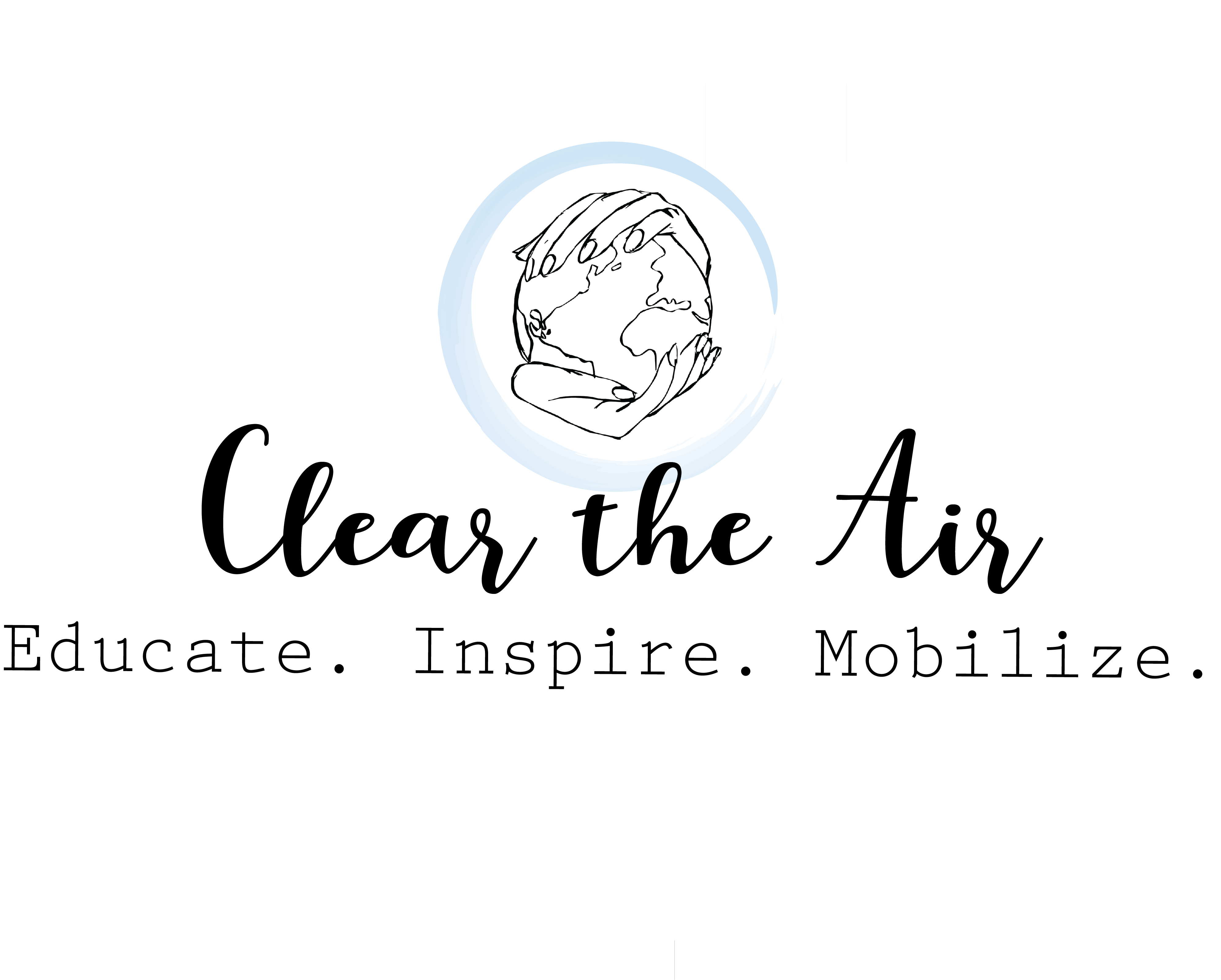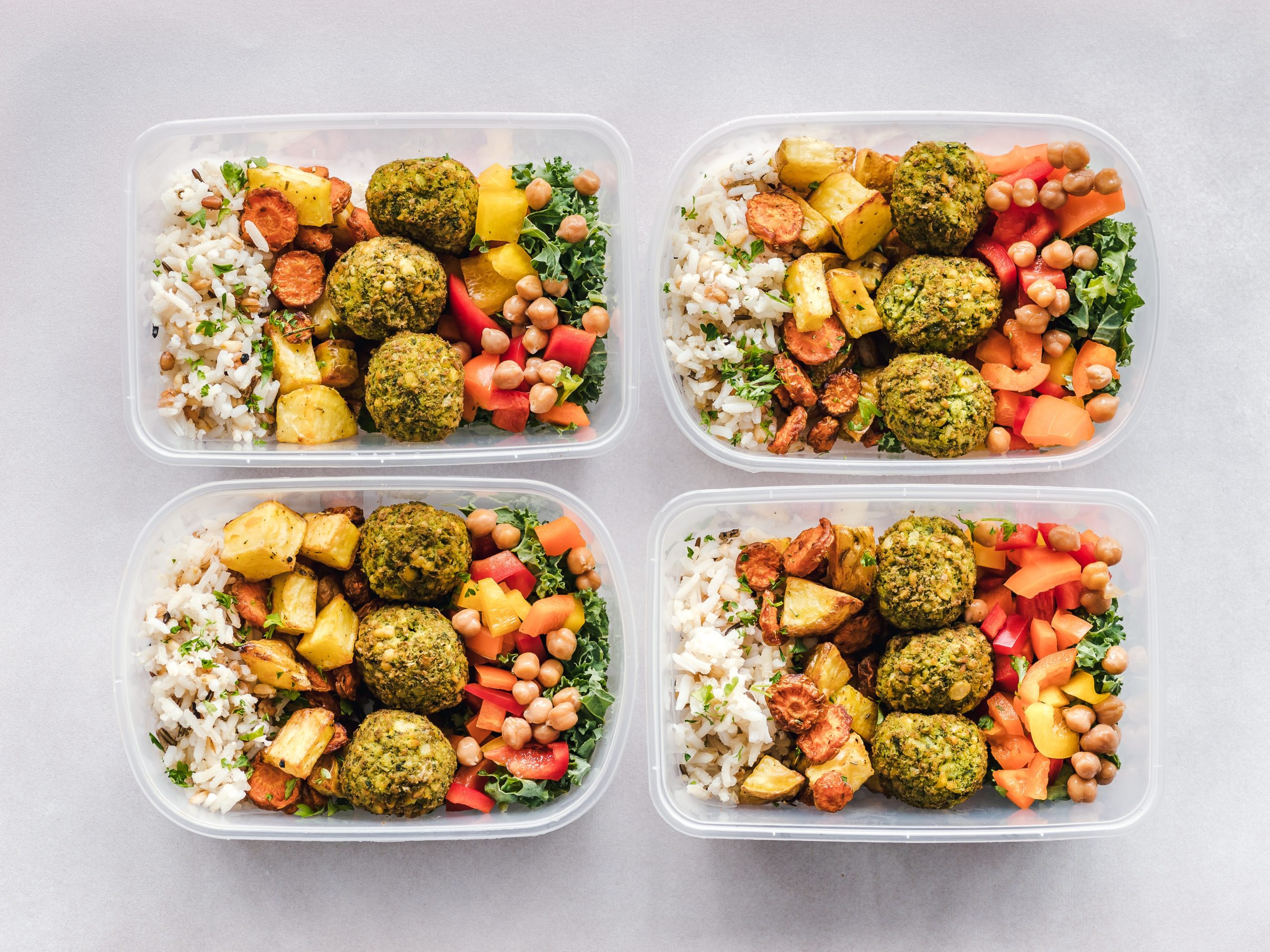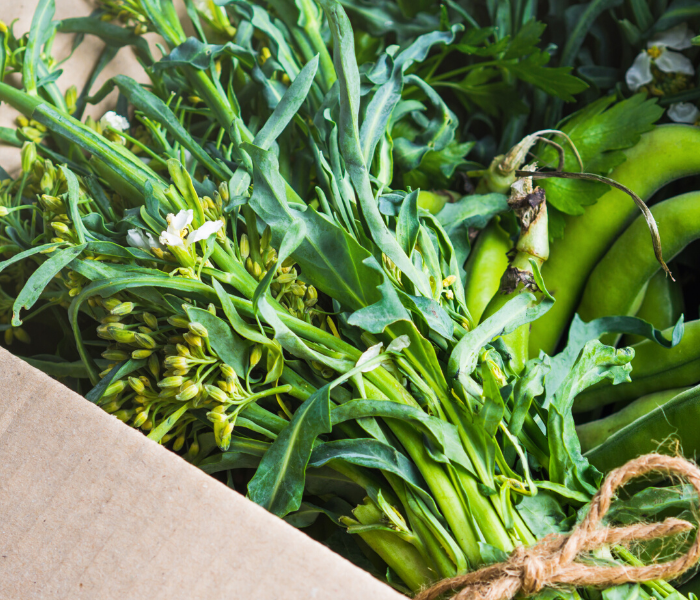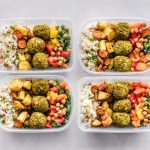This is Part 2 of my “how to become a vegetarian” series. If you have not checked out Part 1, make sure to do that now!
In this post, I will focus on the knitty-gritty aspects of vegetarianism. Specifically, the nutrients you need to pay attention to so you know you are getting enough in your diet without meat.
Like I mentioned, there are several essential nutrients that your body gets from meat that you may be missing out on if you just jump into vegetarianism without doing your research. Here are a list of just a few of the nutrients you need to be mindful that you get enough of during your transition:
- Vitamin D
- Zinc
- Iron
- Vitamin B12
- Vitamin A
- Omega-3 Fatty Acids
- Protein (the 9 essential amino acids)
I created a table that illustrates how much of each nutrient you should be consuming on a daily basis. These values are provided by the Dietitians of Canada. Use them more as a baseline for understanding what your body should be getting. The RDA/DRI (daily recommended amount/intake) is the suggested amount for your age and sex. The UL (upper level) is the suggested amount that you should not exceed on a daily basis or you may experience symptoms of toxicity or other illness. Note that these numbers are just guidelines, and will vary depending on your activity level, health, family history, and other factors.
- Vitamin D
These two work together to ensure bone health, lower your risk of developing osteomalacia and later on osteoporosis (mineralization of bones, meaning that you lose calcium from them and are at an increased risk of fractures). Vitamin D helps absorb dietary calcium (and phosphorus!) to form strong bones and prevent them from breaking down.
There are several forms of vitamin D, one of which your body makes on its own: Cholecalciferol (vitamin D3) is the active form of the vitamin that your body produces when UV light from the sun hits your skin: cholesterol in your body acts as a precursor to vitamin D, and the exposure to sun initiates the process involving the liver and kidneys to convert the cholesterol into vitamin D (cool, right?!).
In Canada, we do not make nearly as much vitamin D as we should from the sun because of our seasons. That is why getting it in your diet is so important!
Cholecalciferol is found naturally in only a few animal-based foods: fatty fish like salmon or sardines, fish liver oil or beef liver and egg yolks are the richest food sources of D3. Fortified products like dairy, orange juice or soy milk typically contain D2, also called ergocalciferol, the plant form of vitamin D. Functionally, vitamin D3 performs better in the human body; we are able to absorb more of it. This is why it is recommended to ensure your diet contains adequate amounts of D3, because supplementing or consuming foods only with D2 likely is insufficient at providing your daily recommended amount of vitamin D.
You can take supplements for D3 to meet your daily needs. Make sure to eat with fat (e.g. a few nuts) at the same time, because this vitamin is fat-soluble.
Be aware: most D3 supplements are made of lanolin, a waxy secretion of wool-bearing animals like sheep. Look for D3 supplements that contain lichen, which is a plant-based version that is just as effective. I have been taking this supplement in a vegan spray form made of lichen for years. Sprays or liquids are easier to absorb since your body doesn’t need to expend energy to break down a capsule. This one also tastes really good and contains pumpkin seed oil so it already has the necessary fats for absorption!
- Zinc
Zinc supports a healthy immune system by controlling cellular responses and attacking infected cells. It also regulates DNA synthesis, carbohydrate metabolism, growth in the body and helping to heal wounds. Every tissue and fluid in the body contains zinc! Common signs of zinc deficiency include hair loss, decreased immune system response, loss of appetite, delayed growth (in children).
Beans, legumes, nuts, seeds and oats are great vegetarian sources of zinc. Many cereals are fortified with zinc, as well.
Be aware: vegetarian sources of zinc are rich in phytates (phytic acid), a plant chemical that binds to zinc molecules, preventing absorption. This may not affect everyone, luckily, but those who are impacted may need to consume as much as 50% more zinc than the RDA.
Cooking or soaking phytate-rich foods helps reduce phytate concentrations and their effects. Phytates also aren’t “evil” because as an antioxidant they prevent our cells from oxidizing (protecting our cells from deterioration).
- Iron
Iron is stored in the haemoglobin of red blood cells, carrying oxygen throughout our cardiovascular system. It supports our immune systems and DNA synthesis, as well. Iron deficiency is the most common global nutrient deficiency. A symptom of deficiency is anemia.
Food contains two kinds of iron, heme and non-heme. Heme iron is found only in meat, poultry and seafood. Meat products also contain non-heme. However, plant-based foods only contain non-heme; animal by-products like dairy and eggs do not contain heme, either. Heme iron is absorbed better by the body than non-heme, but both are absorbed pretty inefficiently: only 20-25% of the heme iron consumed is absorbed by someone with normal iron metabolism. Absorption of none-heme iron can be further inhibited by phytates, just like zinc.
To increase your iron absorption, consuming more non-heme iron (within safe limits) and eating vitamin C-rich foods with iron (vitamin C helps us absorb iron!) is important. Vegetarian foods rich in non-heme iron include lentils, quinoa, brown rice, dried fruits, blackstrap molasses, dark leafy greens and fortified grains and cereals. Supplements are also available for iron, or you can use cast-iron cookware or an iron fish to increase the amount of iron in your food.
- Vitamin B12
Vitamin B12 (cobalamin) helps maintain the myelin sheath around your neutrons – think of this as a protective skin that prevents your nervous system from damage and ensures quick neurological responses. B12 is also crucial for the metabolism of vitamin B9 (folate) which aids amino acid metabolism, DNA synthesis and cell division. A deficiency in B12 often leads to a deficiency in folate. Vitamin B12 is a water-soluble vitamin so it absorbs right into our cardiovascular system and should be consumed daily.
Vitamin B12 is made by (good) bacteria, a living organism, and is rich in animal-based products including dairy and eggs. If you do not consume dairy or eggs then you can get B12 from fortified cereals or soy milk. However, just like iron, humans are not efficient at absorbing this nutrient. The bioavailability of B12 is only 50% in meat and less than 9% in eggs. It is therefore strongly suggested that vegetarians take supplements to ensure adequate intake.
Be aware: many B12 supplements use synthetic cyanocobalamin, a form of B12 that is inactive, or not bioavailable to humans. These substances work as a “pseudovitamin,” bonding to the same transporters as natural B12 without delivering the function. Therefore, you do not benefit from consuming supplements with cyanocobalamin. Instead, look for supplements with methylcobalamin and adenosylcobalamin. These forms are accessible to your body. I use this vegan B12 spray, which uses Saccharomyces cerevisiae, or Brewer’s yeast. You can also look for supplements containing chlorella, a type of algae.
- Vitamin A
You might be thinking, “vitamin A? But I eat a lot of carrots, peppers and sweet potato. I’m getting so much vitamin A!” Actually, what you’re getting is beta-carotene, also called provitamin A, a “precursor” that our body converts into vitamin A. Like others, this vitamin supports the immune system, as well as eye health, growth, cell differentiation, reproduction and bone development.
Vitamin A comes in three forms. Retinol is the form available in our bodies and is what beta-carotene is converted into by the liver. Retinal is what contributes to our eye health, and retinoic acid is responsible for growth and development.
Consuming retinol-rich food is the best way to ensuring adequate vitamin A intake. Whole milk products are great sources, if you consume dairy; liver is the best source of retinol, which obviously isn’t helpful as a vegetarian. Cooked carrots, red bell peppers, strawberries, dark leafy greens are all great sources of beta-carotene, but as we know, our bodies are not efficient; the conversion factor accepted currently is 12:1 beta carotene units to retinol. More studies believe this factor may be as high as 28:1.
Finding a vegetarian supplement is the best way to ensure you have an adequate intake. Some people may warn you about Vitmain A toxicity, but this has not been proven for plant-based Vitamin A supplements. The upper level for vitamin A, 3000mcg, is for performed vitamin A.
- Omega-3 Fatty Acids
These are well known in today’s health world. They help fight inflammation, ensure heart health by decreasing the risk of blood clots, and support healthy brain development and function.
There are three forms of omega-3’s. The first, ALA or alpha-linolenic acid is an essential fat that we must consume regularly. DHA (docasahexaenoic acid) and EPA (eicosapentaenoic acid) are produced by the body in small amounts by converting ALA, but the majority of DHA and EPA must come from our diet. EPA and DHA absorb into tissue membranes faster than ALA, so we can obtain the health benefits faster. Interestingly, ALA is found only in plant-based products while EPA and DHA are only found in fish and fish oils, seafood, meat and eggs. However, you can also get DHA in seaweed and algae, so there are vegetarian-friendly alternatives out there!
It is important to consume enough ALA so that our body can make EPA and DHA. Foods that are rich in ALA omega-3’s include ground flaxseeds (the best source), chia seeds, walnuts, certain vegetable oils, soy products and eggs.
- Protein
This macronutrient makes up just about everything in your body. Enzymes, hormones, antibodies: they are all proteins! As a baseline, you should consume about 0.8 grams per kilogram of body weight as a typical adult; this number is higher for babies because they are constantly growing, as well as strength and endurance trainers with a high protein turnover rate from their muscle-damaging activities. Getting enough protein from a plant-based diet is not hard. The issue is getting the right kind of protein: the essential amino acids, many of which are not available all together in plant-based protein sources.
Proteins are typically divided up into two categories. High quality proteins, which contain all 20 dietary amino acids (building blocks of proteins molecules). These include the 9 essential and 11 non-essential amino acids. Essential means our body cannot make them, so we have to eat them. High quality proteins must also be available in sufficient amounts in our foods, and be easily digestible.
Most high quality proteins are animal-based, but by-products like dairy, eggs, as well as quinoa, soy and protein supplements are also high quality. Low quality proteins do not contain all essential amino acids. These include lentils, beans, rice, nuts, seeds and other grains.
Protein complementarity is when you combine low-quality proteins to get all the essential amino acids in your meal. For instance, lentils lack two essential amino acids, methionine and cysteine. Grains like rice, oats or wheat contain these two but lack lysine. If you consume both foods, the absence of an amino acid in one food will be supplemented by the other. They also do not have to be consumed during the same meal, just during the same day.
Other “complete” proteins combos for vegetarians include a peanut butter sandwich, hummus (made with chickpeas and sesame seeds), pasta and beans, etc. My nutrition professor’s general rule of thumb was combine grains and legumes OR legumes and nuts/seeds.
Final thoughts
This marks the end of my two-part series on how to become a vegetarian. If you are thinking about becoming a vegetarian or are already one, this post is very beneficial for protecting your health. Try changing your diet to reflect these tips for just one nutrient first, then build your way up. The great thing is that many vegetarian foods have multiple essential nutrients (lentils have protein and iron) making the switch all the easier.
To read the first post in this series about why vegetarianism is beneficial to your health and the planet, click here: How to become a vegetarian: Part 1
For more on vegetarianism, including my favourite recipes and plant-based restaurants, check out these posts:
- The top ten plant-based restaurants in Toronto
- How to eat a plant-based diet on vacation
- Is almond milk good for you (and the planet)?
- Quick and easy plant-based recipe roundup
- How to eat plant-based during the holidays
Until next time!






